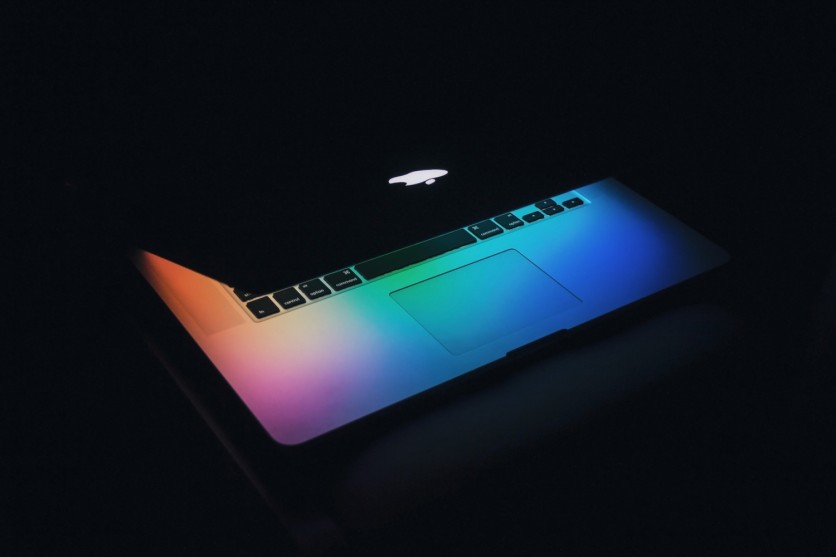Apple is no stranger to challenges related to liquid damage in its devices. Over the years, the company has sought innovative ways to address this issue, from lawsuits to patent applications and user warnings.
Now, with the introduction of macOS Sonoma, Apple is taking its liquid detection capabilities to the next level.
Learning from Past Lessons

In 2010, Apple faced a lawsuit that questioned the accuracy of the moisture indicators on iPhones. These indicators were designed to determine whether a device had been exposed to water, a crucial factor in warranty claims.
The lawsuit's outcome required the company to pay a $53 million settlement, highlighting the need for more reliable water damage assessment methods.
In response to these challenges, Apple filed a patent application in 2012, with a focus on enhancing its water sensors. The objective was clear: to reduce warranty claims resulting from damage not covered under warranty.
According to Apple Insider, it is apparent that Apple Store staff might not always possess the qualifications or facilities to accurately assess water damage.
Evolution of Liquid Detection
With the release of iOS 10, iPhones gained the ability to detect liquid in the Lightning port and provide warnings to users. The idea was to empower users to take swift action by turning off their devices before irreversible water damage occurred.
Recently, 9to5mac revealed that macOS Sonoma incorporates background liquid detection analysis for USB-C ports on Macs. While Apple has not explicitly detailed the purpose of this feature, it signifies the company's ongoing efforts to address water-related issues.
Given Apple's commitment to maintaining device integrity and the terms of its warranties, it's reasonable to assume that water damage remains a significant concern.
The "Liquid Detection and Corrosion Mitigation Daemon" in macOS Sonoma is likely a new tool in Apple's arsenal to detect and manage liquid-related damage.
However, it's essential to note that this is just one of the methods employed by Apple to detect water damage. The primary approach involves Liquid Contact Indicators (LCI), which change color upon exposure to liquids. LCIs are utilized across both Mac and iPhone devices to provide a reliable means of assessing water damage.
As Apple continues to advance its liquid detection capabilities, users can expect improved device reliability and greater protection against water-related issues.
While the exact functions of the "Liquid Detection and Corrosion Mitigation Daemon" remain undisclosed, it's undoubtedly another step in Apple's ongoing mission to enhance the user experience and device durability.
In other news, The Verge reported that Mac is currently struggling to improve its revenue. According to the report, the lineup was in deep trouble by being down to 34% on a year-over-year record. Despite that, the iPhone series remains on a steady pace and it's racking up sales.
Read Also : Mac Users Can Now Use Apple's Password Manager for Google Chrome, Other Third-Party Web Browsers

ⓒ 2025 TECHTIMES.com All rights reserved. Do not reproduce without permission.



